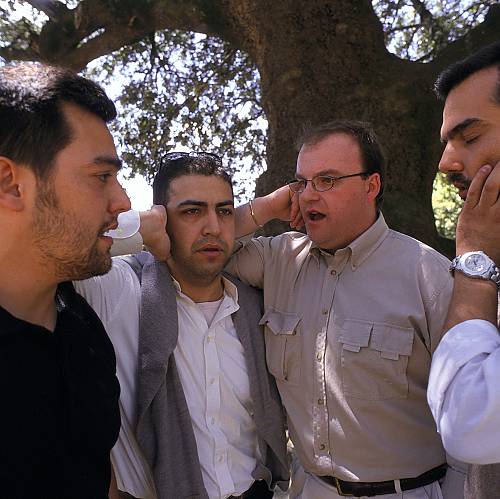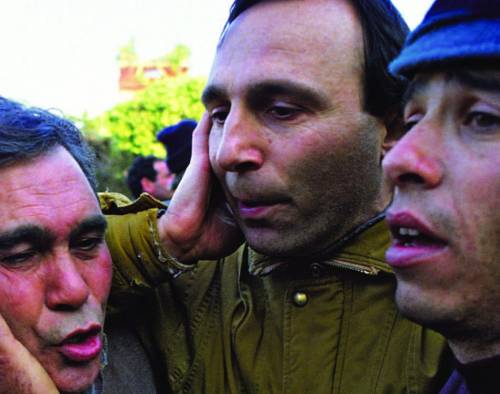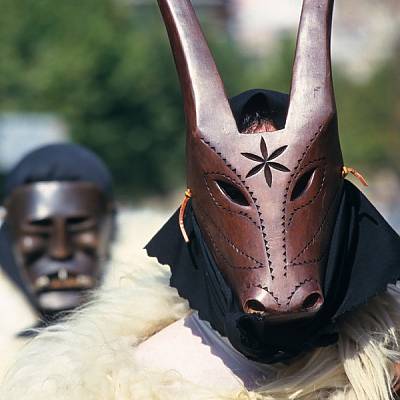Canto a tenore, Sardinian pastoral songs
Inscribed in 2008 (3.COM) on the Representative List of the Intangible Cultural Heritage of Humanity (originally proclaimed in 2005)

Canto a tenore has developed within the pastoral culture of Sardinia. It represents a form of polyphonic singing performed by a group of four men using four different voices called bassu, contra, boche and mesu boche. One of its characteristics is the deep and guttural timbre of the bassu and contra voices. It is performed standing in a close circle. The solo singers chants a piece of prose or a poem while the other voices form an accompanying chorus. Most practitioners live in the region of Barbagia and other parts of central Sardinia. Their art of singing is very much embedded in the daily life of local communities. Often it is performed spontaneously in local bars called su zilleri, but also at more formal occasions, such as weddings, sheepshearings, religious festivities or the Barbaricino carnival.
The Canto a tenore encompasses a vast repertoire that varies within Sardinia. The most common melodies are the serenade boche ’e notte (’the voice of the night’) and dance songs such as the mutos, gosos and ballos. The lyrics are either ancient or contemporary poems on present-day issues, such as emigration, unemployment and politics. In this sense, the songs can be regarded as both traditional and contemporary cultural expressions.
The canto a tenore is especially vulnerable to socio-economic changes, such as the decline of the pastoral culture and the increase of tourism in Sardinia. Performances on stage for tourists tend to affect the diversity of the repertoire and the intimate manner this music was performed in its original context.





